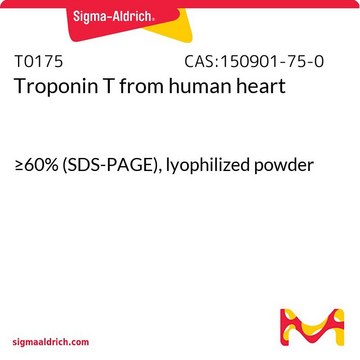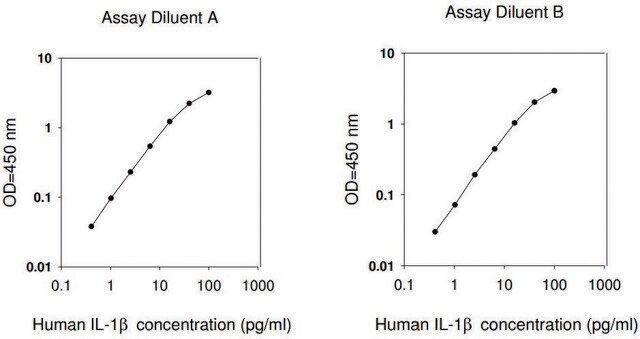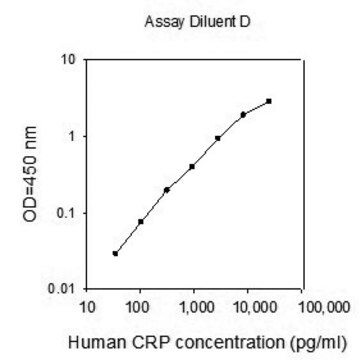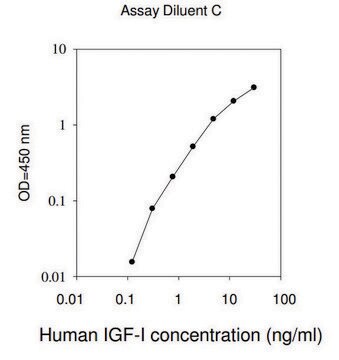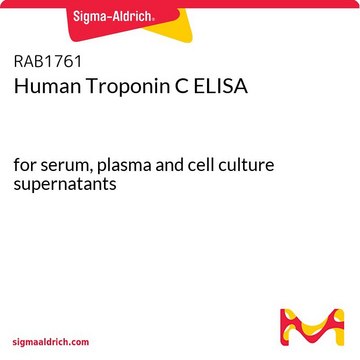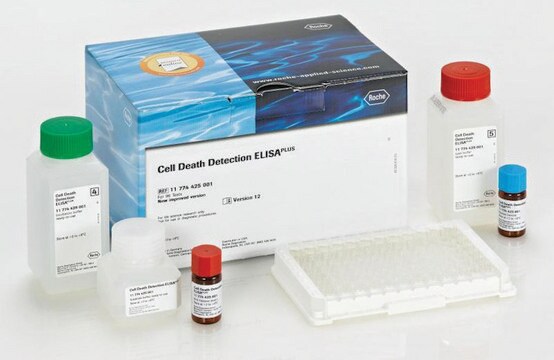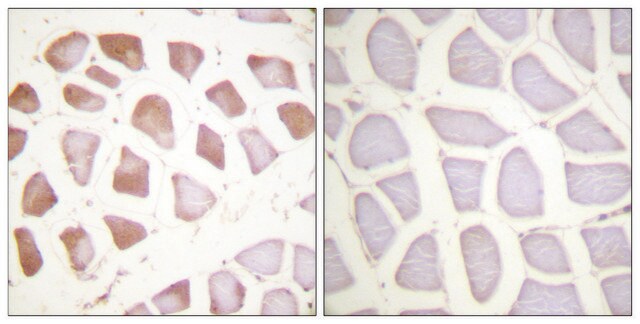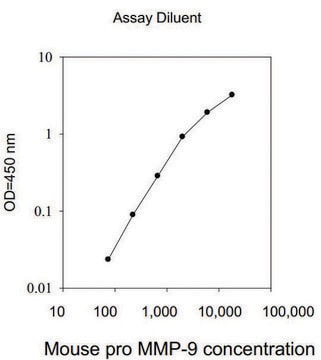Wszystkie zdjęcia(1)
Kluczowe dokumenty
RAB0634
Human TNNI3 / Troponin I, Cardiac Muscle ELISA Kit
Zaloguj sięWyświetlanie cen organizacyjnych i kontraktowych
About This Item
Kod UNSPSC:
41116158
NACRES:
NA.32
Polecane produkty
reaktywność gatunkowa
human
opakowanie
kit of 96 wells (12 strips x 8 wells)
metody
ELISA: suitable
moc wejściowa
sample type plasma
sample type cell culture supernatant(s)
sample type serum
assay range
inter-assay cv: <12%
intra-assay cv: <10%
sensitivity: 100 pg/mL
standard curve range: 125-8000 pg/mL
metoda wykrywania
colorimetric
Warunki transportu
wet ice
temp. przechowywania
−20°C
informacje o genach
human ... TNNI3(7137)
Powiązane kategorie
Opis ogólny
The TNNI3 ELISA kit provides for the Quantitative measurement of Troponin I in Cell Culture Supernatants, Plasma and Serum.
Zastosowanie
For research use only. Not for use in diagnostic procedures.
Please refer to the attached General ELISA KIT Procedure (sandwich, competitive & Indirect ELISA)
Please refer to the attached General ELISA KIT Procedure (sandwich, competitive & Indirect ELISA)
Działania biochem./fizjol.
It is found to be implicated in dilated cardiomyopathy, indicating left ventricle dilation and decreased systolic function. cTnI along with cardiac troponin T and C, forms the troponin complex. cTnI prevents actin-myosin interaction. It participates in sarcomere activation by influencing Ca2+ sensitivity. cTnI also serves as a myocardial injury marker.
Inne uwagi
A sample Certificate of Analysis is available for this product.
Please type the word sample in the text box provided for lot number.
Please type the word sample in the text box provided for lot number.
Ta strona może zawierać tekst przetłumaczony maszynowo.
Hasło ostrzegawcze
Warning
Zwroty wskazujące rodzaj zagrożenia
Zwroty wskazujące środki ostrożności
Klasyfikacja zagrożeń
Met. Corr. 1
Kod klasy składowania
8A - Combustible corrosive hazardous materials
Temperatura zapłonu (°F)
Not applicable
Temperatura zapłonu (°C)
Not applicable
Wybierz jedną z najnowszych wersji:
Masz już ten produkt?
Dokumenty związane z niedawno zakupionymi produktami zostały zamieszczone w Bibliotece dokumentów.
Klienci oglądali również te produkty
Mika Kaakinen et al.
Basic research in cardiology, 112(3), 24-24 (2017-03-28)
Caveolae and associated cavin and caveolins may govern myocardial function, together with responses to mechanical and ischaemic stresses. Abnormalities in these proteins are also implicated in different cardiovascular disorders. However, specific roles of the cavin-1 protein in cardiac and coronary
George Techiryan et al.
Circulation research, 123(8), 986-995 (2018-10-26)
Metformin has been demonstrated to decrease infarct size (IS) and prevent postinfarction left ventricular (LV) remodeling in rodents when given intravenously at the time of reperfusion. It remains unclear whether similar cardioprotection can be achieved in a large animal model.
Nicholas Chun et al.
PloS one, 12(6), e0179450-e0179450 (2017-07-01)
The pathophysiology of myocardial injury that results from cardiac ischemia and reperfusion (I/R) is incompletely understood. Experimental evidence from murine models indicates that innate immune mechanisms including complement activation via the classical and lectin pathways are crucial. Whether factor B
Changting Cui et al.
Journal of translational medicine, 16(1), 236-236 (2018-08-31)
Major differences exist between men and women in both physiology and pathophysiology. Dissecting the underlying processes and contributing mechanisms of sex differences in health and disease represents a crucial step towards precision medicine. Considering the significant differences between men and
Bangwei Wu et al.
Cellular physiology and biochemistry : international journal of experimental cellular physiology, biochemistry, and pharmacology, 42(2), 713-728 (2017-06-16)
Mitochondrial DNA (mtDNA), acting as a newly found 'danger-associated molecular patterns' (DAMPs), is released into circulation upon tissue injury and performs as a considerable activator of inflammation and immune response. However, the role of circulating mtDNA in experimental autoimmune myocarditis
Nasz zespół naukowców ma doświadczenie we wszystkich obszarach badań, w tym w naukach przyrodniczych, materiałoznawstwie, syntezie chemicznej, chromatografii, analityce i wielu innych dziedzinach.
Skontaktuj się z zespołem ds. pomocy technicznej